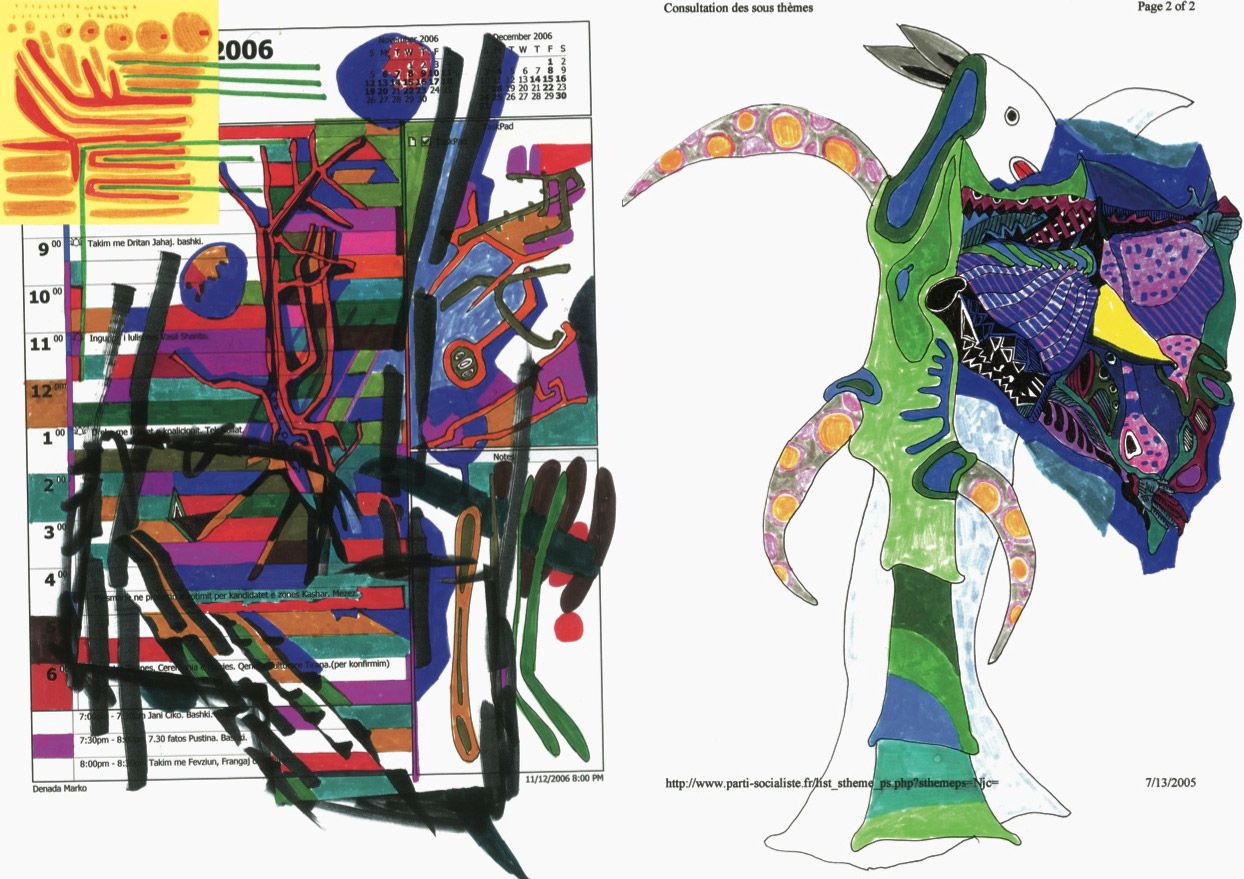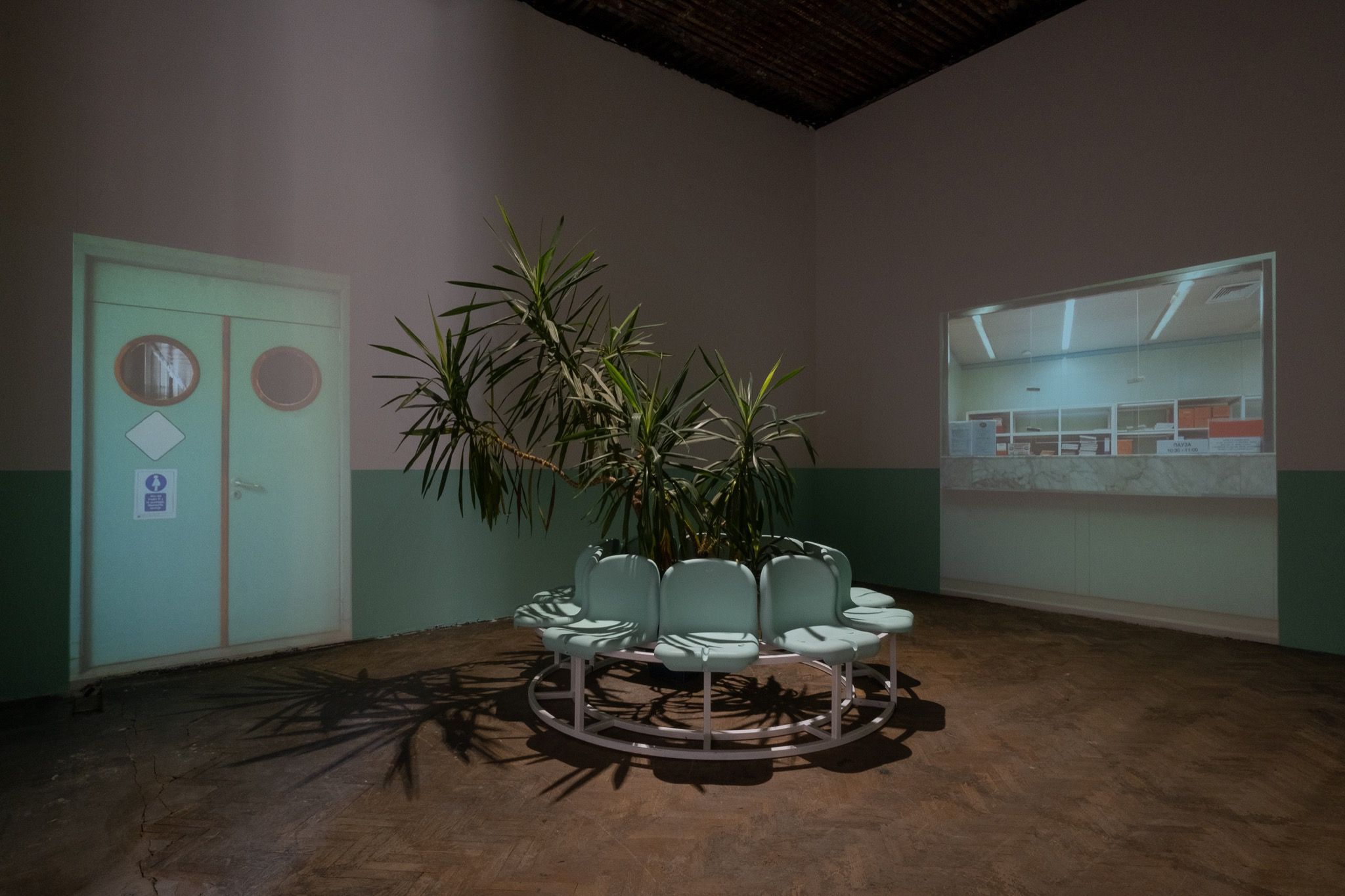MY BELGRADE: Photographer BORIS KRALJ Searches for Traces of Yugoslavia in Its Former Capital
|KEVIN BRADDOCK
I can’t say anything about my Belgrade. My experience of the city has been a strange non-affair for me. Of three excited, even desperate attempts to visit, three have failed. Most recently, I arrived at the airport in Berlin, bound for Belgrade, only to realize, slapstick-like, that my friend BORIS KRALJ had communicated my arrival time in the Serbian capital, instead of my departure time from the German one. The city remains an enigma to me.
To me, Boris Kralj’s photography manifests everything that makes Belgrade so appealing—so morbidly fascinating and so dense, built upon countless layers of histories and ideologies. Twenty years after the breakout of the Yugoslav Wars, this is the evidence of one man’s impulse to document the remaining fragments of the Yugoslav idea in the Serbian capital. It is a nostalgic project that is done with an earnestness and a naivety of which only someone who has never lived there could be capable. Boris Kralj has Yugoslav parents, but was brought up in Germany. He attended Yugoslav school once a week, went with his parents on weekends to the Yugoslav club, followed by dinner at the local Yugoslav restaurant in his hometown. Summer holidays were spent with relatives back in Yugoslavia, but the poison of nationalism and the horrors of war in the 1990s changed everything. Suddenly, his father and friends became Croats, his relatives Slovenes, acquaintances Bosnians, and Belgrade an international pariah.
The apparent nostalgia of this project is not reactionary, however. It responds to a more progressive idea of a Yugoslav multiculturalism, all the while resisting any idealization of the past. It is a documentary effort that capitulates to big statements—an approach that would seem made for a region that bears so many traces of the propagandas of the past.
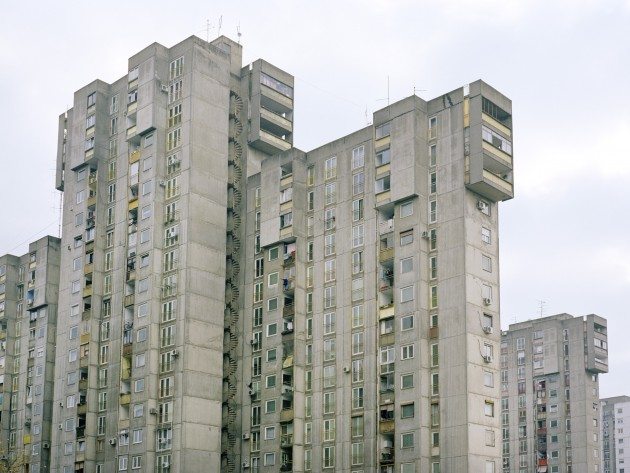
KEVIN BRADDOCK spoke with Boris Kralj about his book My Belgrade:
How did this project start?
I was obsessed with Belgrade and spent eight years going there and photographing it. My parents were immigrant workers, and I was born and grew up in Germany. I was 13 or 14 years old when I first went to Belgrade, and then there was the war. I was 25 when I went again, and I had very strong feelings for the place, memories of my childhood and upbringing. I started taking photographs because I was always reminded of my upbringing. It’s more a feeling I get when I think of Belgrade—my childhood and my “other side,” rather than a capital city. Belgrade is the capital of Serbia, but it’s also a synonym for old Yugoslavia.
How have your feelings about Belgrade changed over time—since you were a child and when you returned as an adult?
When I was a child and came to Yugoslavia, everyone was kind-hearted and was crying when we arrived and went back home. We went there once a year. It’s not like today when you can take a plane and be there in an hour. It was always a long journey through Germany, Austria, Slovenia to Croatia or Serbia. I only saw my relatives once a year, but they were always delighted to see us and it was always a warm reunion. After the war there, I had the impression that a lot had changed within the people. They were bitter and there was a lot of despair in the air. My relatives are scattered throughout former Yugoslavia, and all of them were separated due to the war. Yet when I travelled to Belgrade again, the positive memories came back. I walked through the city and was always reminded of the country I knew as a child. I thought, “This city is magic. It really has this old Yugoslav spirit in the place and the faces of the people. It was really very strong, like a flashback. I was confused and obsessed at the same time. There’s a perception—or rather, a non-perception—around Belgrade. Unlike Paris, for example, most people have very few associations with the city, and if they do, they are often negative.
Is part of your project to redefine or create a more accurate perception?
Belgrade is always seen politically. A lot of cruel things happened there and no wonder it’s seen as evil in the western world. Eight years ago, people who have never been to Belgrade would say to me, “Wow, take care. Are you sure you want to go there? Is there still war?” It was really crazy. You wouldn’t go there for the fun of it, as you would to Budapest or Prague. It has started to be more popular, but people always associate Belgrade with war criminals and something frightening…but it’s not like that.
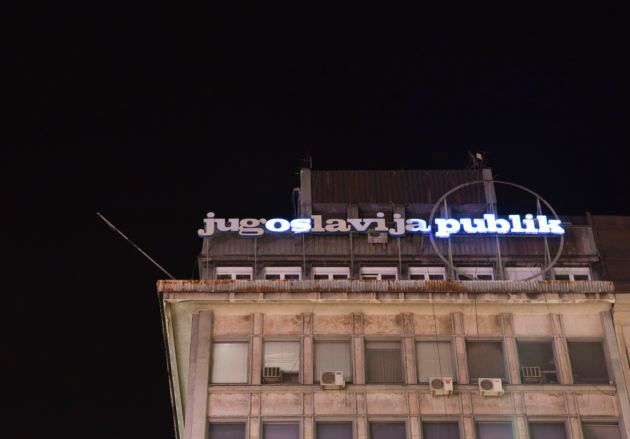
You’ve talked of looking for traces of Yugoslavia in Belgrade. What does that mean, and how did you find them?
If you go with open eyes and walk through Belgrade, you will see so many traces. Beldgraders themselves might just pass by and never notice them—books in a flea market with a picture of Dubrovnik or Tito on the cover; or logos with old Yugoslav names (Yugotours, Yugoelektro, Yugo Spedition); the Yugoslav Drama Theatre, which is still called that even though it is in Serbia and people don’t think of themselves as Yugoslavs any more. These traces are fading. One day I passed by the entrance to an old theatre called “Balkan,” and its name was written in Cyrillic letters. It looked so ancient, and even though it’s only a door, it suggests so many stories. I wonder how many people went in and what kind of movies they watched. Now it’s closed, and they are building a modern cinemaplex. All the evidence is vanishing and everything is starting to become urban and modern.
The iconography of consumerism is an interesting way to consider history and its changes. There’s a photograph of the Radenska mineral water logo on top of a tower block. Radenska originally comes from Slovenia, and the photo was taken in winter. I looked up at the building and saw the brand name with its three red heart symbols, and I instantly remembered my childhood. I see myself at my grandparents’ house in the yard playing with my cousin, all my relatives in front of me, summer, the Croatian coastline. Many people drank the water back then. The TV commercial would show people in their traditional costumes from all former Yugoslav states, so it’s an emotive symbol for me and probably for others, too. Now, you can hardly find Radenska anywhere in Serbia—in Slovenia, yes, but not Serbia. The logo remained on the house, and probably the reason they didn’t remove it is simply money. It remains on the building after 20 or 30 years, and everyone must remember it.
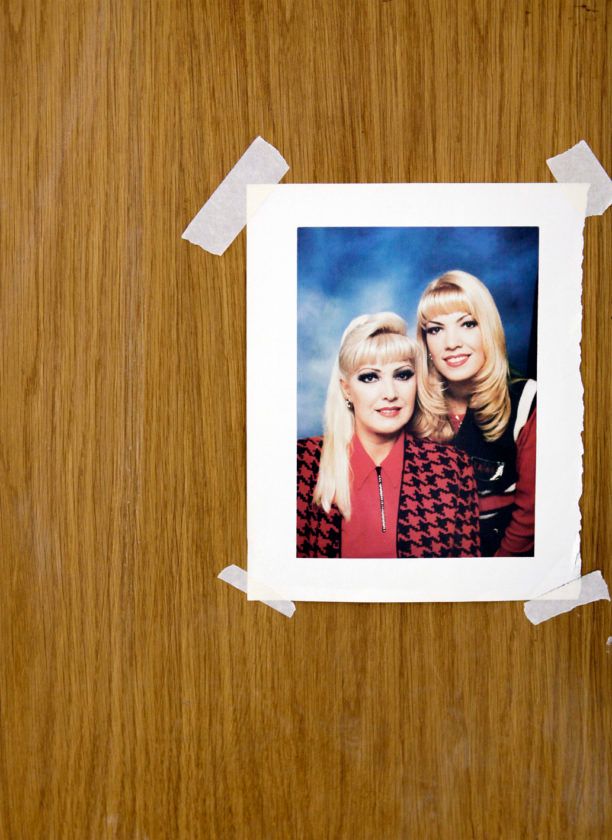
There is a lost “shape” of Yugoslavia and these photographs begin to form an outline of it. Are you trying to piece together a history?
The pictures testify the last evidence of a non-existent country and can be seen as a recollection of this country. The traces are disappearing. Whenever I go there, I see that something has gone. Many of the images in the book don’t exist any more, and I doubt that anyone ever paid so much attention as I did. People go by and they are tired of dismal concrete block housing and old-fashioned logos and dreariness, but I can see a lot of beauty in it.
There might be nostalgia and melancholy in the pictures, but it’s not necessarily that I want these former times back. It’s not, “Look how pretty and nice it was.” The pictures are rather grey, nothing is stylish, it doesn’t look like a city having its heyday. It looks neglected and I rather want people just to talk about this city and how life used to be in it. I’m not sad about the old times, instead I would prefer to provoke an exchange of thoughts and history about Yugoslavia.
Credits
- Interview: KEVIN BRADDOCK
